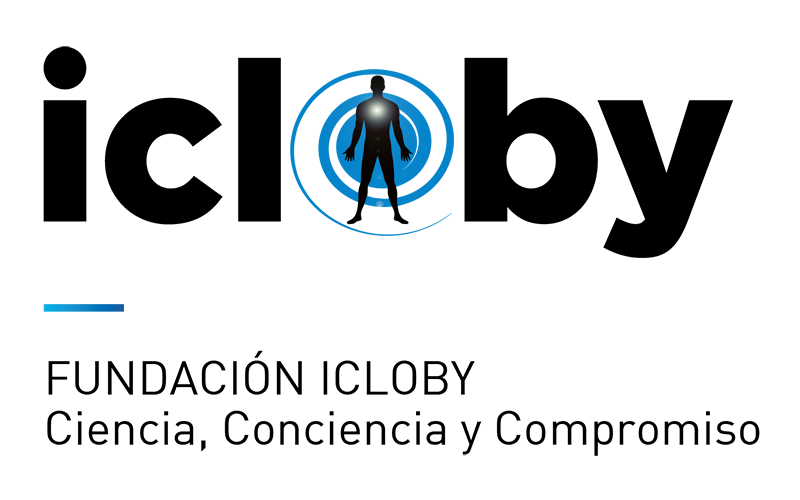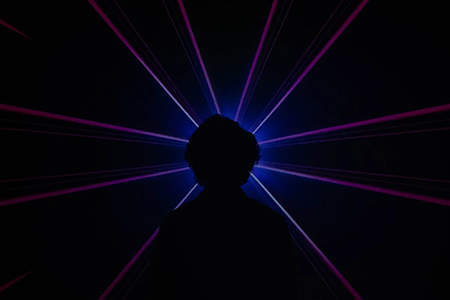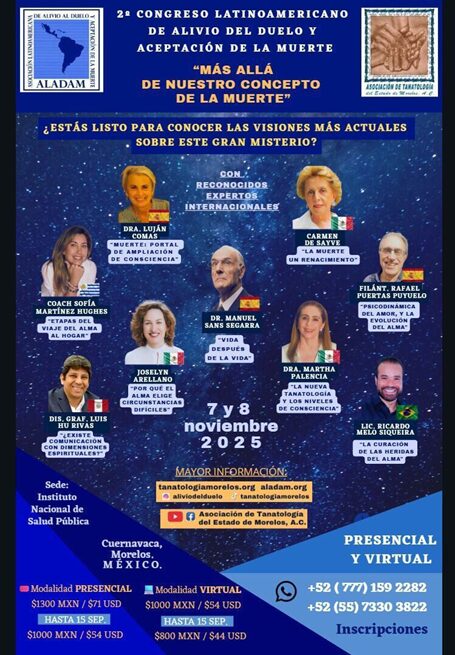Dr Manuel Sans Segarra has a degree in Medicine from the Faculty of Medicine of the University of Barcelona; he is a Doctor in Medicine and Surgery from the same University and a Specialist in General Surgery and Digestive System, especially in Oncological Surgery. He was Chief of the General Surgery Service of the digestive system at the University Hospital of Bellvitge where the first liver transplant was performed nearly 40 years ago and the first auto pancreas transplant during his service.
Among the awards received by Dr. Sans Segarra is the Professional Excellence Award from the Official College of Physicians of Barcelona.
In this video, Dr. Sans Segarra describes the data he collected directly from a young girl, a health worker of this Hospital, who was admitted after an accident under the diagnosis of death by cardio respiratory arrest and who, after resuscitation, he operated for a hemorrhage. And Dr. Luján Comas talks about the NDEs and the study.
The details of their description in the following video give us elements to understand hallucinations and their main differences with NDEs.
And Dr. Luján Comas also discusses the existence of NDEs and talks about the Light Project on TV.





